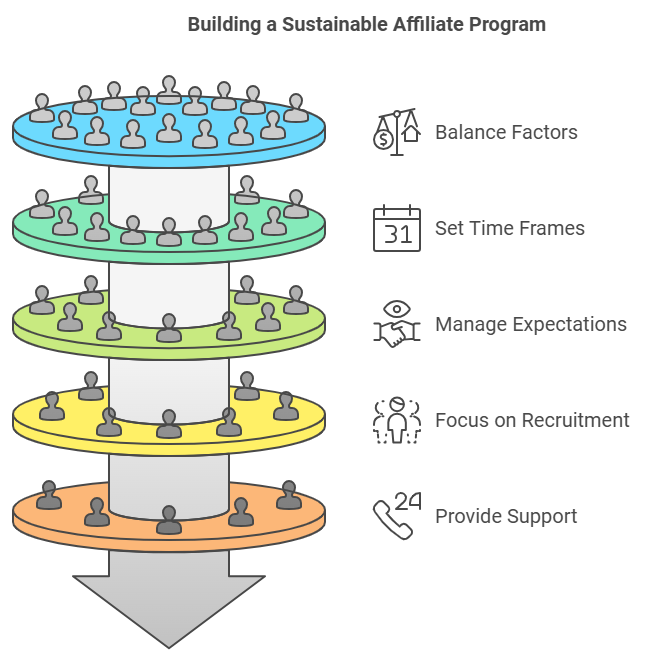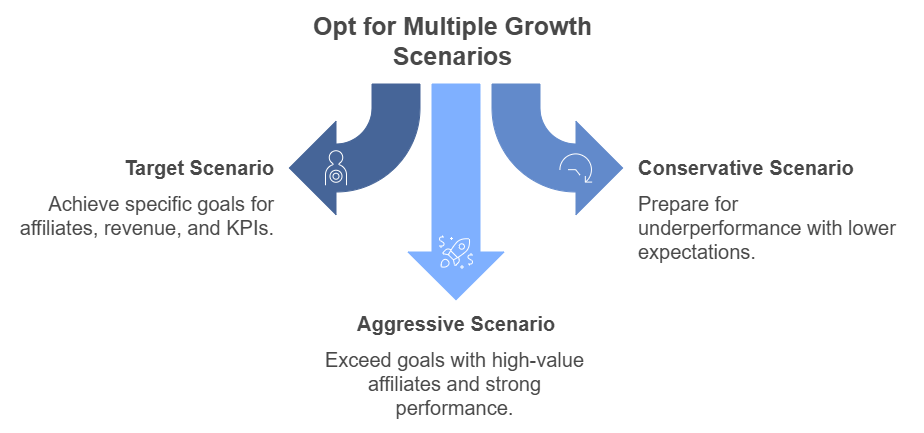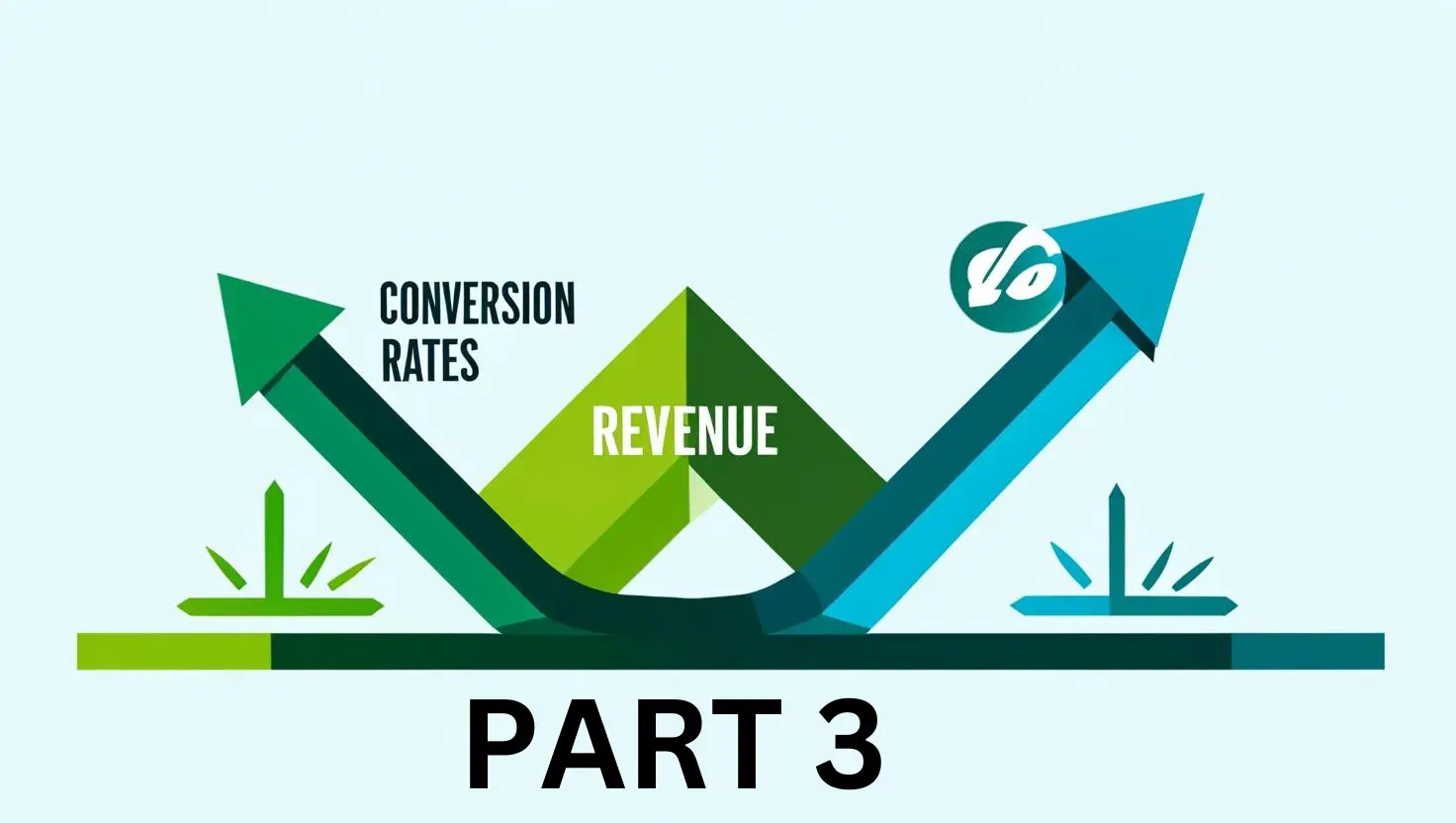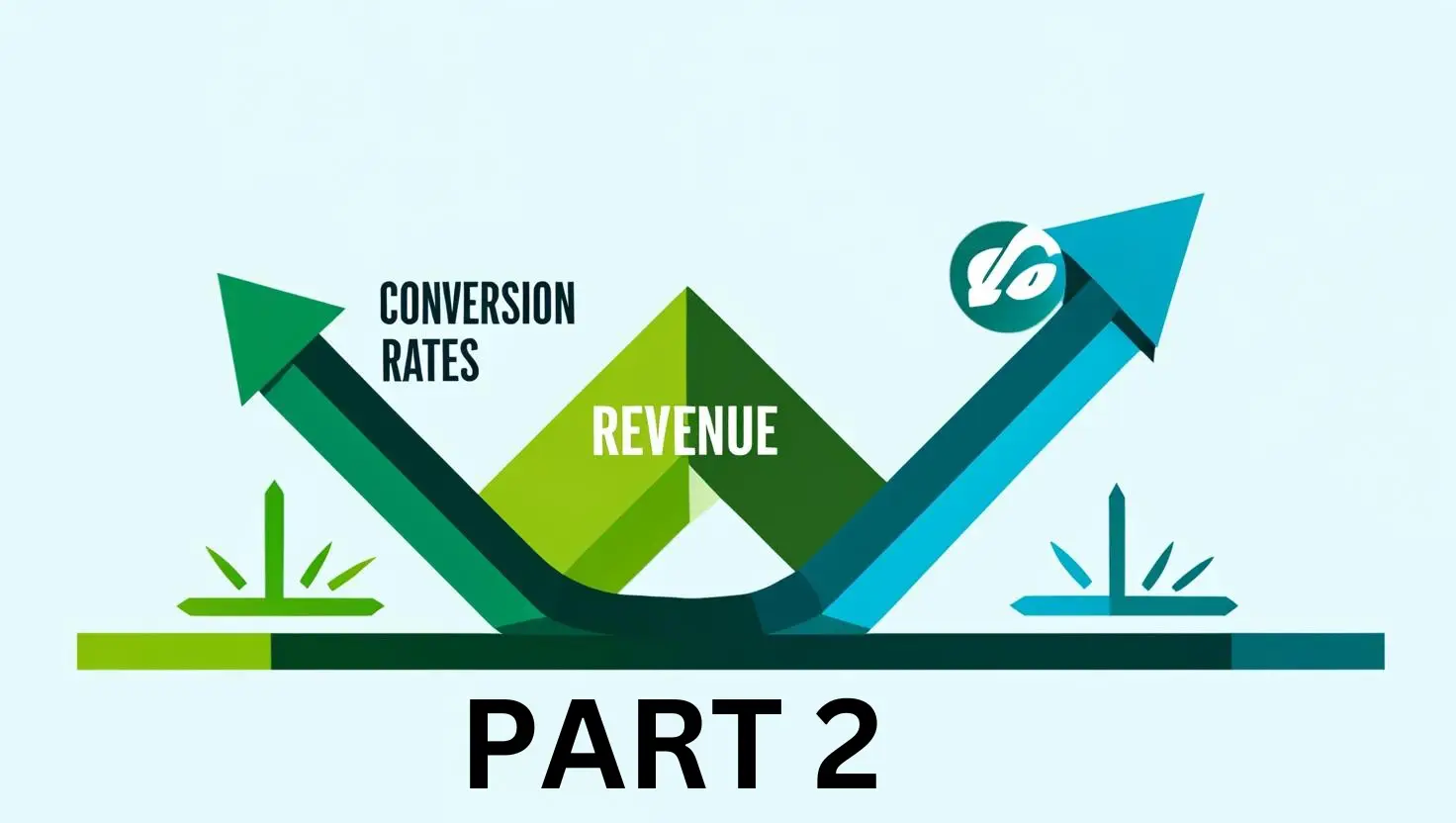Summary (TL;DR):
Forecasting growth for a new affiliate program requires balancing controllable factors like affiliate recruitment, incentives, and support with uncontrollable elements such as market demand and competitor actions. Initial growth typically follows a “hockey stick” pattern, with slow progress in the first 3-6 months before gaining momentum. Clear metrics like conversion rates, affiliate onboarding numbers, and ROI are critical for setting realistic expectations. Strategies should evolve over time, focusing on recruiting quality affiliates, optimizing incentive structures, and leveraging data for continuous improvement. With targeted recruitment and ongoing adjustments, businesses can achieve steady growth, drive significant revenue, and build sustainable programs.
Key Takeaways:
- Balancing Factors – Growth depends on both controllable (recruitment, incentives, training) and uncontrollable factors (market demand, competition).
- Realistic Expectations – Growth is typically slow in the first 3–6 months and accelerates as affiliates gain traction.
- Metrics to Track – Measure success using metrics like conversion rates (1-3%), average order value, and affiliate-driven traffic.
- Short-Term Phase (0–3 months) – Focus on set up and recruiting 10–20 quality affiliates.
- Medium-Term Phase (3–12 months) – Expand to 50–100 affiliates and stabilize conversion rates.
- Long-Term Phase (12+ months) – Build a robust network of 200+ affiliates with predictable growth.
- Data-Driven Growth – Regularly review metrics, adjust strategies, and collect affiliate feedback for continuous improvement.
- Quality Over Quantity – Focus on recruiting top-performing affiliates, as 10–20% typically drive 80% of revenue.
- Scenario Planning -: Create conservative, target, and aggressive growth scenarios to guide strategy and adjust expectations.
Businesses don't have a crystal ball to predict their future. So, the next best thing to help anticipate future business outcomes is forecasting. This is how companies can create informed estimates based on past data to aide in making strategic decisions, planning for growth, and allocating resources.
But what if you're launching (or thinking about launching) a new affiliate program and need to estimate how it will perform? Without the historical data, forecasting growth for a newly launched program can be a bit tricky. It's part art and part science with a tiny bit of luck (often good and bad) sprinkled in.
However, there are a few things you can do to help see into the future of your new affiliate program. You'll need to balance controllable factors with uncontrollable ones, set realistic time frames, and manage expectations. By focusing on recruitment, providing strong support and incentives, and continuously optimizing the program, your business can create a scalable and sustainable affiliate program that drives long-term growth.

Controllable Factors
- Affiliate recruitment efforts – The number and quality of affiliates you recruit will impact the program. Strong and targeted recruitment efforts will lead to faster growth. However, don’t confuse that with the more affiliates the better. Success will be predicated on the ability to have quality affiliates that perform.
- Incentive structure—Setting competitive commission rates, bonuses, and performance incentives can help affiliates become more active and encourage valuable affiliates to join the program.
- Promotional resources – Providing affiliates with high-quality marketing materials such as text links, banners, landing pages, and content ideas can boost their ability to drive traffic.
- Training and support – Offering educational resources to affiliates on best practices, conversion optimization, and product knowledge can help them perform better.
- Budget for paid acquisition – Using paid channels to promote the affiliate program can accelerate affiliate recruitment.
Uncontrollable Factors
- Market demand – Overall demand for your product may fluctuate due to factors like seasonality, economic conditions, and competition.
- Affiliate performance variance – Not all affiliates will perform equally well, and predicting individual performance can be challenging.
- Regulatory changes – Changes in laws, especially around privacy and affiliate disclosures, can impact affiliate marketing practices.
- Competitor actions – Competitors can introduce better offers or similar programs, affecting the growth of your program.

Forecasting Going Forward
It’s paramount to set realistic expectations within your team and with other stakeholders.
- Initial ramp-up period – Explain that the first 3-6 months are typically a testing phase where strategies are refined, and significant revenue may not yet be realized.
- Growth curve – Affiliate programs often follow a “hockey stick” growth pattern – slow growth initially, followed by rapid acceleration once affiliates gain momentum.
- Communication – Regular updates on metrics, progress, and adjustments to the strategy will help keep stakeholders informed and aligned.
To effectively forecast growth, establish measurable metrics that can help gauge the success of the affiliate program. Key metrics include the number of affiliates signed up, how many affiliates you aim to onboard within specific time frames, the number of website visitors driven by affiliates, conversion rates (sales or other desired actions), average order value, commission rates, and payouts. It’s also important to establish milestones and time frames for growth.
Short-term (0-3 months)
- Goals – Focus on program setup, recruiting the first batch of affiliates, and testing promotional strategies.
- Expectations – Growth may be slow as affiliates get familiar with the program. Aim for 10-20 active affiliates and a low but increasing traffic volume.
- Actions – Run paid campaigns to attract affiliates, offer higher initial commissions and prioritize onboarding.
Medium-term (3-12 months) –
- Goals – Expand the affiliate network and start seeing measurable sales growth. Aim for 50-100 active affiliates, with traffic and sales steadily increasing.
- Expectations – Conversion rates should stabilize as affiliates become more skilled. Aim for a 1-3% conversion rate and gradually increase the average order value.
- Actions – Analyze affiliate performance data, optimize the incentive structure, and introduce bonuses for top performers.
Long-term (12+ months) –
- Goals – Establish the program as a significant revenue channel. Target a robust, diversified network of 200+ active affiliates.
- Expectations – Growth should be more predictable, with an established baseline of monthly traffic and sales. Continue refining strategies to maximize ROI.
- Actions – Invest in long-term relationships with high-performing affiliates, diversify affiliate types (e.g., content creators, review sites), and explore international expansion.
Ongoing
- Data-driven adjustments – Regularly review metrics such as affiliate engagement, conversion rates, and ROI. Make changes to commission structures or promotional strategies based on performance.
- Feedback loops – Collect feedback from affiliates on what’s working and what’s not. Use this insight to improve program structure and marketing materials.
- Seasonal strategies – Plan for peak times (holidays, sales events) when affiliates can be especially effective in driving traffic and conversions.
Scenarios for Different Growth Paths
It’s useful to create scenarios based on various/potential growth trajectories to set benchmarks and adjust strategies based on real-time performance.
As you create different models, please keep in mind that the average conversion rate for affiliate programs generally falls between 0.5% and 1%, with variation depending on the platform, content type, product vertical, and target audience. It’s also important to note that typically 10% to 20% of affiliates drive 80% of revenue. That means recruiting the right affiliates (not just more affiliates) will help drive conversions and success.

We recommend having your target estimate. This is the scenario stating where your brand strives to get the new program to in a specific time frame. This would include goals for the number of affiliates, revenue targets, conversion rates you expect to achieve and all other KPIs deemed crucial (clicks, AOV, commissions paid, etc.).
Next, you'll also want a conservative scenario. This estimate assumes that your program falls short of the target goals. Maybe you've had less than stellar results getting affiliates to join the program. That will ultimately impact all the other KPIs like clicks, revenue and commissions paid.
Finally, you'll need an aggressive scenario. This situation assumes you have exceeded the target goals. Your company was very successful in recruiting high-value affiliates and saw strong performance from the top 10-20 affiliates.
The good news is that forecasting gets easier over time. Once data has started coming in, it can be analyzed and used to help more acturately determine forecasts going forward.


